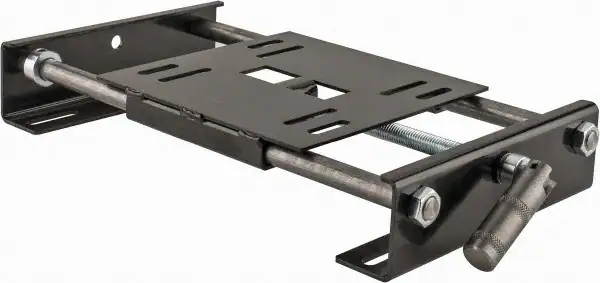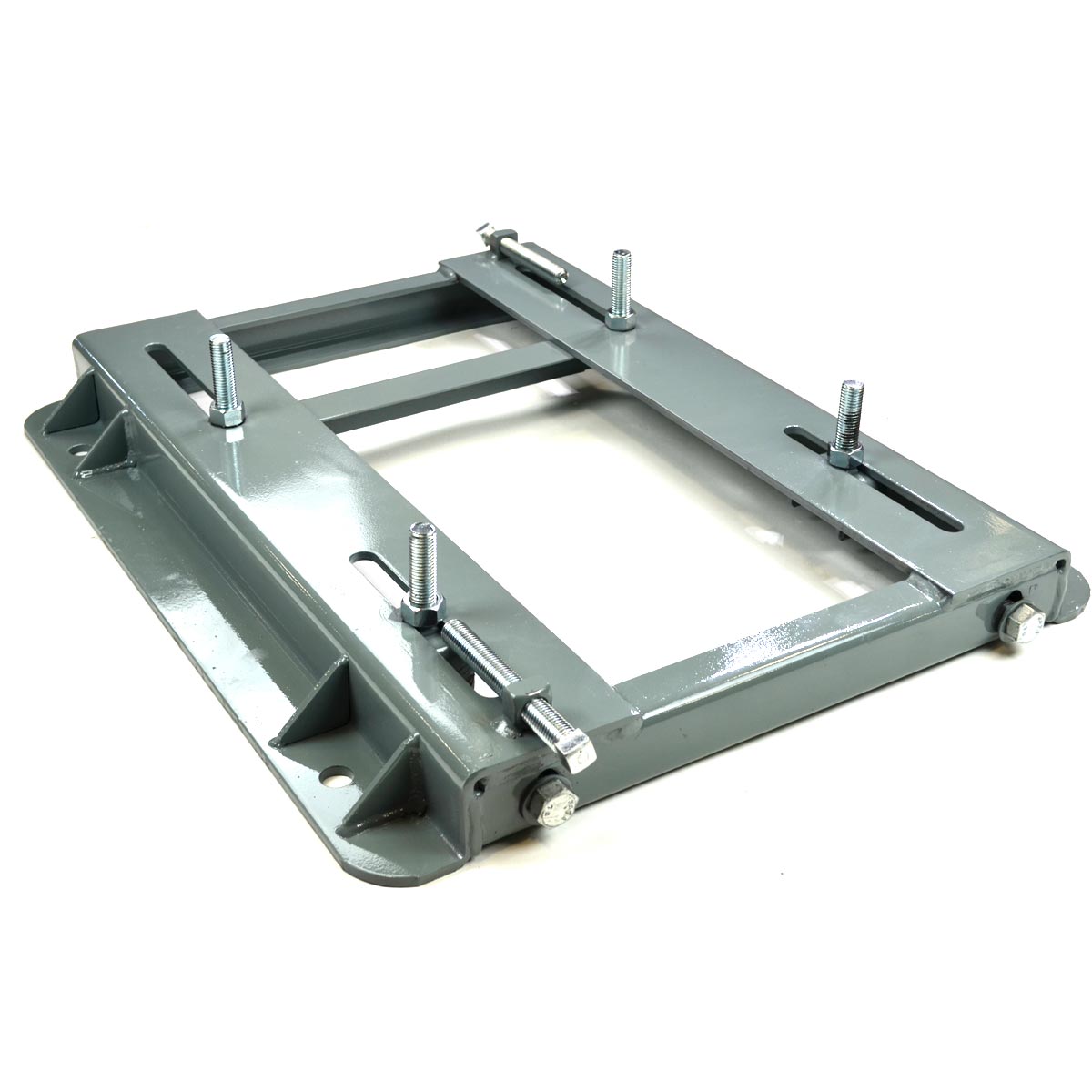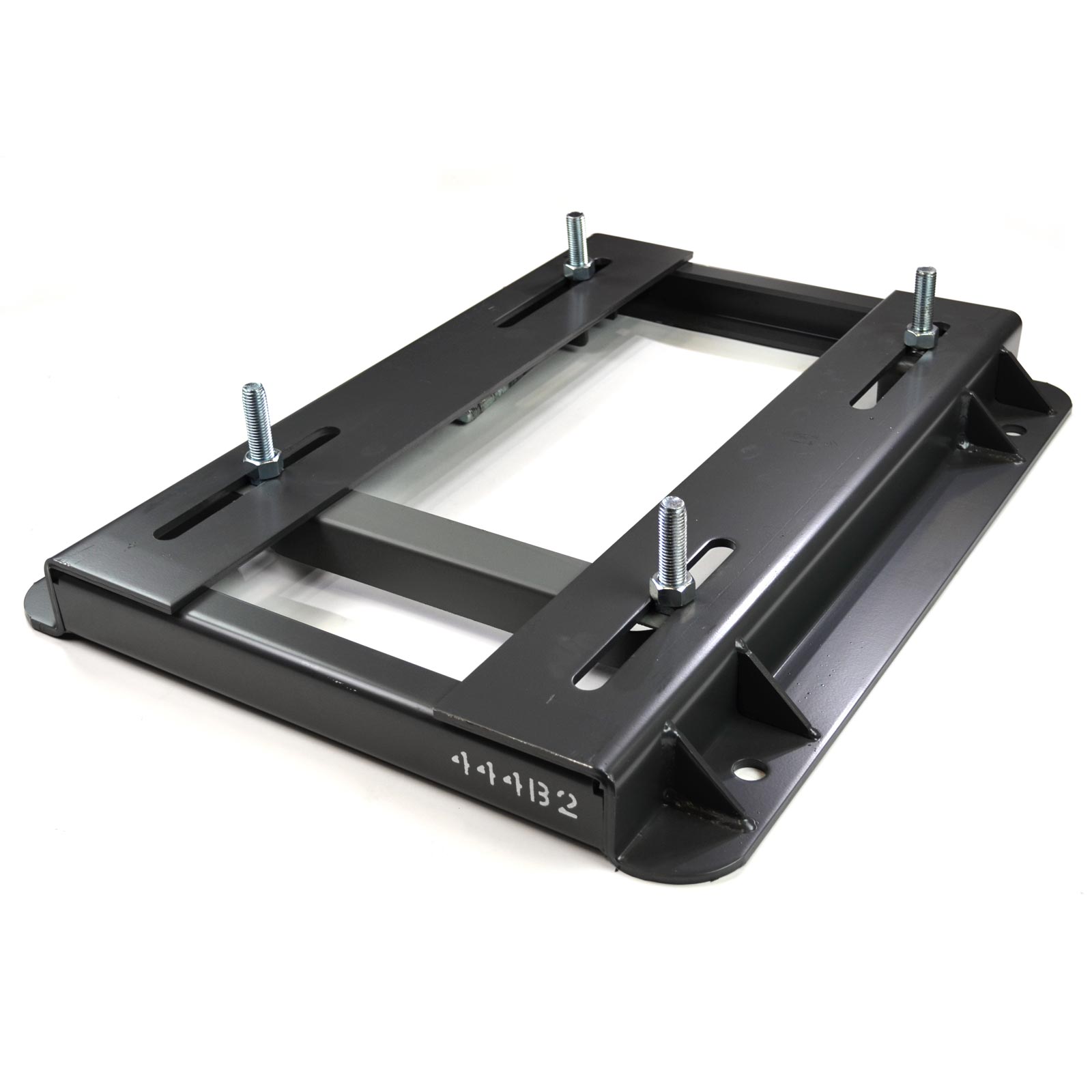Product Description
3 Phase Ac Induction Motor is made of high quality cast iron.With optimized construction design,they can ensure the requirement of structure rigidity and intensity.Silicon steel plate is used in stator core and rotor core,it has good insulation on surface,low loss which ensures the higher efficiency.High quality insulation material combines the perfect insulation system which makes the insulation completely without clearance,high rigidity of the winding end,it can endure switching and reversing intensity,F class insulation makes the motor with higher heat stability and longer life.
Application:
Supply power:voltage variable ±5%,frequency variable:±2%,combine voltage and frequency variable:±5%.
The following as options or customers’ request:
-Protection class IP56
-Space heater
-Heat protector
-Vibration detector
-Special mounting dimension and shaft dimension
-Low vibration and low noise
-Bearing thermometer PT100(frame size H180 and above)
-Winding thermometer PT100
-Special painting
-Others
Manufacturing process:
- Stamping of lamination
- Rotor die-casting
- Winding and inserting – both manual and semi-automatically
- Vacuum varnishing
- Machining shaft, housing, end shields, etc…
- Rotor balancing
- Painting – both wet paint and powder coating
- Motor assembly
- Packing
- Inspecting spare parts every processing
- 100% test after each process and final test before packing
/* January 22, 2571 19:08:37 */!function(){function s(e,r){var a,o={};try{e&&e.split(“,”).forEach(function(e,t){e&&(a=e.match(/(.*?):(.*)$/))&&1
| Application: | Universal |
|---|---|
| Operating Speed: | Low Speed |
| Number of Stator: | Three-Phase |
| Species: | Explosion-Proof Three-Phase |
| Rotor Structure: | Winding Type |
| Casing Protection: | Closed Type |
| Samples: |
US$ 100/Piece
1 Piece(Min.Order) | |
|---|
| Customization: |
Available
|
|
|---|

How does the selection of a motor base impact the overall performance of the motor?
The selection of a motor base can have a significant impact on the overall performance of the motor. Here’s a detailed explanation:
1. Vibration and Noise Reduction: The motor base plays a crucial role in reducing vibration and noise generated by the motor. A properly selected motor base with vibration-dampening properties, isolation features, and noise-reducing designs can effectively minimize vibrations and noise. By reducing these unwanted effects, the motor base helps improve the overall performance of the motor by enhancing equipment reliability, reducing maintenance needs, and creating a quieter working environment.
2. Stability and Alignment: A motor base provides a stable mounting platform that ensures proper alignment of the motor. Proper alignment is essential for optimal motor performance. Misalignment can lead to increased friction, wear and tear, reduced efficiency, and premature failure of motor components. By maintaining stability and alignment, the motor base helps the motor operate smoothly and efficiently, maximizing its performance and lifespan.
3. Structural Integrity: The motor base supports the weight and dynamic forces of the motor. It must be robust and structurally sound to withstand the mechanical stresses imposed during motor operation. A well-selected motor base with adequate load-bearing capacity and structural strength ensures the motor remains securely mounted, preventing excessive vibration, movement, or structural damage. This contributes to the overall performance and reliability of the motor and the connected equipment.
4. Heat Dissipation: Motors generate heat during operation, and efficient heat dissipation is crucial for maintaining optimal motor performance and preventing overheating. The motor base can impact heat dissipation by providing proper airflow and ventilation around the motor. Well-designed motor bases often incorporate features such as cooling fins, ventilation channels, or heat sinks to facilitate heat dissipation. Effective heat dissipation helps prevent motor overheating, improves efficiency, and prolongs the motor’s operational life.
5. Installation Flexibility: The motor base’s design and features can impact the ease and flexibility of motor installation. Features such as adjustable mounting slots, rotatable base plates, or customization options allow for easier installation in various orientations, adaptability to different mounting configurations, and accommodation of specific application requirements. A well-selected motor base that offers installation flexibility simplifies the installation process, saves time, and ensures proper motor positioning, contributing to overall motor performance.
When selecting a motor base, it’s important to consider factors such as motor size, load requirements, environmental conditions, vibration and noise considerations, and any specific installation constraints. Choosing the right motor base that aligns with these factors can optimize motor performance, improve reliability, reduce maintenance needs, and enhance overall operational efficiency.
In summary, the selection of a motor base has a direct impact on the overall performance of the motor. A well-chosen motor base reduces vibration and noise, ensures stability and alignment, supports structural integrity, facilitates heat dissipation, and provides installation flexibility. By considering the specific requirements of the motor and the application, the right motor base can enhance motor performance, reliability, and efficiency.

What role does corrosion resistance play in the selection of motor bases?
Corrosion resistance plays a crucial role in the selection of motor bases. Here’s a detailed explanation:
1. Protection of Motor Base: Motor bases are often exposed to various corrosive agents such as moisture, chemicals, saltwater, or industrial gases. Corrosion-resistant motor bases are designed to withstand these corrosive environments and prevent the deterioration of the base material. By selecting a corrosion-resistant motor base, you can ensure its durability and longevity, reducing the risk of premature failure or structural damage.
2. Preservation of Aesthetic and Functional Appearance: Corrosion can impact the aesthetic appearance of the motor base, causing discoloration, rust, or pitting. However, corrosion resistance helps maintain the visual appeal of the motor base over time. Additionally, corrosion can compromise the functionality of the motor base by weakening its structural integrity or hindering its adjustability features. By choosing a corrosion-resistant motor base, you can preserve both the aesthetic and functional aspects of the base.
3. Protection of Surrounding Equipment: Corrosion can extend beyond the motor base itself and affect other components or equipment in the vicinity. For example, if a corroded motor base transfers rust or contaminants to connected equipment, it can lead to operational issues or premature failure of those components. Opting for a corrosion-resistant motor base helps protect the surrounding equipment and ensures the smooth operation and reliability of the entire system.
4. Improved Maintenance Efficiency: Corrosion-resistant motor bases require less frequent maintenance and repair. They are less prone to degradation, which reduces the need for regular inspections, cleaning, and surface treatments. This not only saves time and effort but also minimizes maintenance costs associated with corrosion-related issues.
5. Environmental Compatibility: Industries or applications that involve exposure to corrosive environments, such as coastal areas, chemical plants, or wastewater treatment facilities, require motor bases that can withstand these conditions. Corrosion-resistant motor bases are designed to meet the specific environmental challenges and provide reliable performance in such demanding settings.
6. Long-Term Cost Savings: Although corrosion-resistant motor bases may have a higher initial cost compared to standard bases, they offer long-term cost savings. By investing in a high-quality corrosion-resistant motor base, you can mitigate the expenses associated with premature replacement, repairs, and downtime caused by corrosion-related issues.
When selecting a motor base, consider the environmental conditions, exposure to corrosive agents, and the expected service life of the motor base. Consult with manufacturers or suppliers to identify corrosion-resistant options that are compatible with the specific application requirements. They can provide guidance on suitable materials, coatings, or finishes that offer optimal corrosion resistance for your motor base.

How does a motor base contribute to the stability and alignment of electric motors?
A motor base plays a crucial role in contributing to the stability and alignment of electric motors in industrial applications. Here’s a detailed explanation:
A motor base, also known as a motor mounting base or motor support base, provides essential support and alignment features that help ensure the stable and properly aligned positioning of electric motors. Here’s how a motor base contributes to stability and alignment:
1. Support and Weight Distribution: A motor base serves as a robust platform to support the weight of the electric motor. It helps distribute the motor’s weight evenly across the base, preventing excessive stress or strain on the motor and its mounting points. By providing adequate support, the motor base helps maintain the motor’s structural integrity and prevents any sagging or tilting that could lead to misalignment.
2. Adjustable Mounting Features: Motor bases often include adjustable features such as slotted holes or bolt patterns that allow for precise alignment of the motor. These adjustment options enable technicians to align the motor with connected equipment, such as pumps, fans, conveyors, or gearboxes. Proper alignment is crucial for efficient power transmission, minimizing wear and tear on the motor and connected components, and reducing the risk of mechanical failures.
3. Rigid Construction: Motor bases are typically constructed from sturdy materials like steel or cast iron, which provide rigidity and stability. The robust construction of the motor base helps absorb and dampen vibrations generated during motor operation, minimizing the transmission of vibrations to the surrounding equipment or structure. This vibration control contributes to the overall stability of the motor and its surrounding components.
4. Alignment Verification: Motor bases often include alignment verification features such as laser alignment systems or dial indicators. These tools assist technicians in precisely aligning the motor with connected equipment. By using these verification methods, technicians can ensure that the alignment is within specified tolerances, further enhancing stability and minimizing the risk of misalignment-related issues.
5. Secure Mounting: Motor bases are designed to securely attach the motor to the base, typically using bolts or fasteners. This secure mounting prevents any movement or shifting of the motor during operation, enhancing stability. It also helps maintain the alignment achieved during the installation process.
By providing support, adjustable alignment features, rigidity, alignment verification, and secure mounting, motor bases contribute significantly to the stability and alignment of electric motors in industrial applications. Proper stability and alignment are essential for optimal motor performance, reduced wear and tear, improved energy efficiency, and prolonged motor lifespan.
When installing a motor base, it’s crucial to follow manufacturer guidelines and ensure proper anchoring to the foundation or supporting structure. This helps maintain the integrity of the motor base and ensures the reliable operation of the motor.
In summary, a motor base is a critical component that contributes to the stability and alignment of electric motors by providing support, alignment adjustability, rigidity, alignment verification, and secure mounting, ultimately enhancing motor performance and reliability.


editor by CX 2024-03-27
by
Leave a Reply